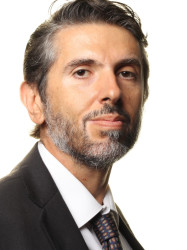BibTex format
@article{Angelini:2020:10.1007/s00428-020-02779-8,
author = {Angelini, A and di, Gioia C and Doran, H and Fedrigo, M and Henriques, de Gouveia R and Ho, SY and Leone, O and Sheppard, MN and Thiene, G and Dimopoulos, K and Mulder, B and Padalino, M and van, der Wal AC and Association, for European Cardiovascular Pathology AECVP},
doi = {10.1007/s00428-020-02779-8},
journal = {Virchows Archiv: an international journal of pathology},
pages = {797--820},
title = {Autopsy in adults with congenital heart disease (ACHD).},
url = {http://dx.doi.org/10.1007/s00428-020-02779-8},
volume = {476},
year = {2020}
}

